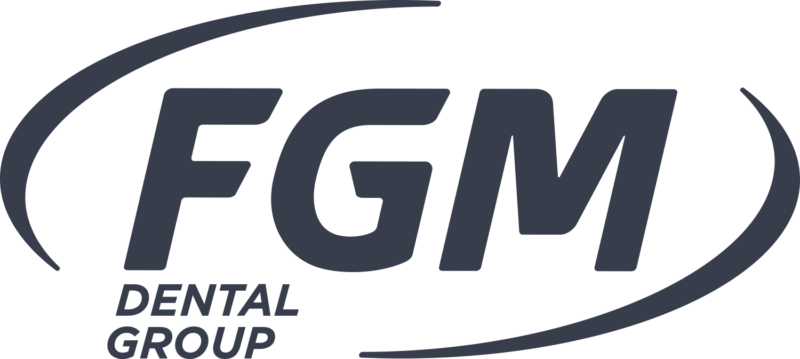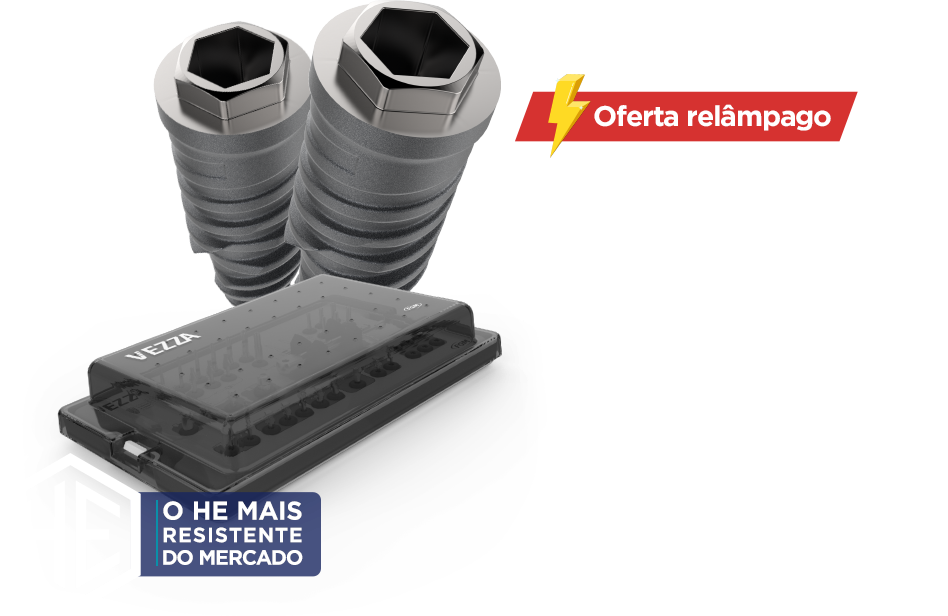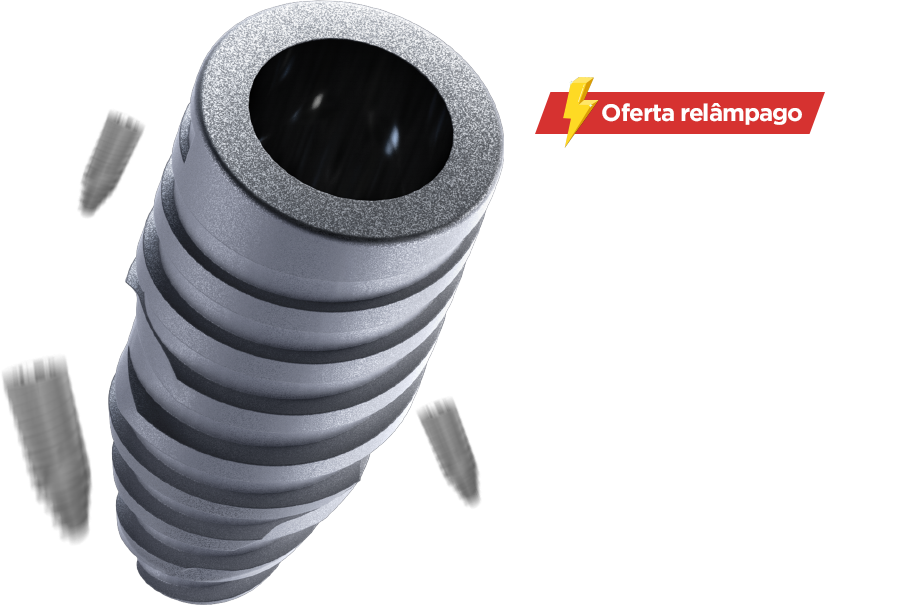Author: Prof. Dr. Bernardo Passoni
The technology involved in the planning and realization of rehabilitations with dental implants has evolved exponentially in the last years, however, it is known that the health-function-esthetic triad begins with the correct tridimensional positioning of the implant.
The concept of reverse planning and prosthetically guided surgery is not new. Since the 90’s, surgical guides have been made from plaster models and diagnostic waxing. However, the manual installation of implants is challenging (average angular deviation of 5 to 20 degrees between planning and execution), especially in limitrophe cases or by unexperienced professionals.
With the advent of the cone-beam CT-scan and the year 2000 planning software, we entered the era of the virtual plan. The impression of prototyped guides had the purpose of guaranteeing the in vivo positioning, exactly according to the virtual plan.
The first boom of the virtually guided surgery happened around 2010. In spite of the high success rate (angular deviation of 1.35 to 4.1 degrees) few implantologists adhered to the trend. At the time, without scanners, there was a need to make a CT-scan guide, double CT-scan and the main limiting factor was the dentists themselves, who would be in charge of planning their cases. The conjunction of those phases, associated with the possibility of added errors, led professionals to worry. Besides, the technique was introduced in Brazil with the flapless surgery concept, therefore, it was recommended for cases with considerable bone volume.
The change in the history of virtually guided surgery happened due to two reasons: intra-oral scanners and planning centers. The introduction of the intra-oral scan facilitated the phase of the collection of exams, planning withing the software and the designing of the guides. As a consequence, the technical precision also showed improved results. Presently, the scanners are all around Brazil, within radiology centers. The dentist, does not need to own an intra-oral scanner! Add to your routines a request for a CT-Scan + intra-oral scan.
Another key factor was the decentralization of the planning centers. In the beginning of the technique in Brazil, there was only one planning center, which limited the duration and cost of the surgeries. Presently, there is a wide availability of centers, with more modern software and more experienced planning technicians. The excuse that the professionals used in the past that they did not know how to plan is gone. Now, the STL (scanning) and DICOM (CT-scan) files are sent to the planning center with the needed information and then you receive the plan ready for approval.
The virtual plan for the ideal 3D position for each case brings us safety and speeds up the process. For a long time, it was believed that the virtually guided surgery was a synonym of flapless surgery. However, presently, we know that the main advantage of that procedure is its assertiveness, the precision. As a consequence, flapless or not, it does not matter. If it is necessary to handle soft tissues or even regenerate a vestibular wall, we have to open the flap and install the implant through the guided surgery in its best 3D position and, later, do whatever is needed.
Besides being safe and precise, the surgery becomes faster, since the only worry for the professional is the correct positioning of the guide and how much to perforate in the apical-coronary direction, since the mesial-distal and the vestibular-lingual perforations have already been determined by the software and will be guided by the rings.
Finally, the Arcsys Guided Surgery (AGS), has been launched to synthetize all those concepts and, like all products by FGM Dental Group, it has its advantages. The most interesting of all is the concept of single drilling of the conventional Arcsys system, which is maintained in the guided system, accelerating even more the process. Besides, the AGS counts on reduced length drill bits, which allows for drilling in patients with very limited mouth opening or reduced inter-occlusal space. Also, in accordance with the whole concept that the guided surgery is for everyone, the AGS also allows for the installation of short implants, which is a great advantage if compared to other implant systems.
Therefore, dear readers, the virtually guided surgery is not a fad, neither is it the future. The virtually guided surgery is a reality for those who want a safe, fast and precise procedure.

![Capa Blog CGA 21 - Virtual Guided surgery: Trend, reality or the future? Capa_Blog-CGA-2[1]](https://fgmdentalgroup.com/wp-content/uploads/2022/12/Capa_Blog-CGA-21.png)


























